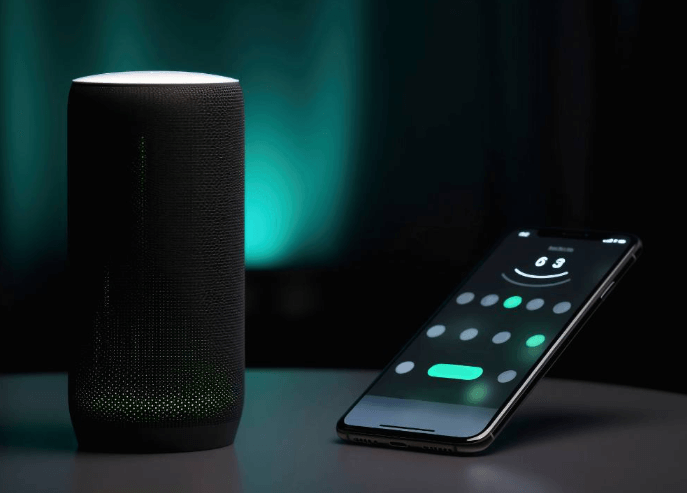The evolution of virtual assistants marks a pivotal shift in human-technology interaction. From the rudimentary responses of early systems like ELIZA to the advanced capabilities of Alexa and Siri, these tools have transformed user experiences significantly. Their integration of machine learning has enabled features such as voice recognition and contextual awareness. As these technologies continue to evolve, understanding the implications for daily life becomes increasingly crucial. What lies ahead for these digital companions?
The Early Days of Virtual Assistants: From Concept to Reality
Although the concept of virtual assistants might seem modern, their origins trace back to the early days of artificial intelligence and computing.
Initial conceptual origins emerged in the 1960s, with early prototypes like ELIZA, which simulated conversation.
These pioneering efforts laid the groundwork for future developments, illustrating the desire to create machines capable of understanding and responding to human needs, ultimately enhancing personal freedom.
See also: The Ethics of Data Collection and Privacy in the Tech Industry
The Rise of AI: How Machine Learning Transformed Virtual Assistants
The evolution of virtual assistants took a significant leap forward with the advent of machine learning, which enabled these systems to process vast amounts of data and improve their performance over time.
AI advancements fostered a new era where virtual assistants learned from user interactions, enhancing their responsiveness and accuracy.
This transformation empowered users, offering them a more intuitive and personalized experience in their daily lives.
Key Features and Functionalities: What Makes Alexa and Siri Stand Out
What specific features and functionalities set Alexa and Siri apart in the crowded landscape of virtual assistants?
Both excel in voice recognition, allowing for seamless interaction.
Alexa stands out with extensive smart home integration, enabling control over various devices effortlessly.
In contrast, Siri offers a more personalized experience through deep integration with Apple’s ecosystem, enhancing user convenience and fostering a sense of autonomy in daily tasks.
The Future of Virtual Assistants: Trends and Innovations on the Horizon
As advancements in artificial intelligence continue to reshape the technological landscape, the future of virtual assistants appears poised for significant transformation.
Innovations in voice recognition technology will enable more personalized interactions, allowing users to engage in increasingly natural dialogues.
Furthermore, the integration of contextual awareness and emotional intelligence may enhance user experiences, fostering a deeper connection between individuals and their virtual companions.
Conclusion
In conclusion, the evolution of virtual assistants like Alexa and Siri illustrates a remarkable journey from rudimentary AI to advanced, intuitive systems. As these technologies continue to integrate contextual awareness and emotional intelligence, their potential applications expand. For instance, a hypothetical scenario in which a virtual assistant proactively schedules health check-ups based on user data could significantly enhance personal care management, showcasing the transformative impact of these innovations on daily life and user autonomy in navigating complex tasks.



